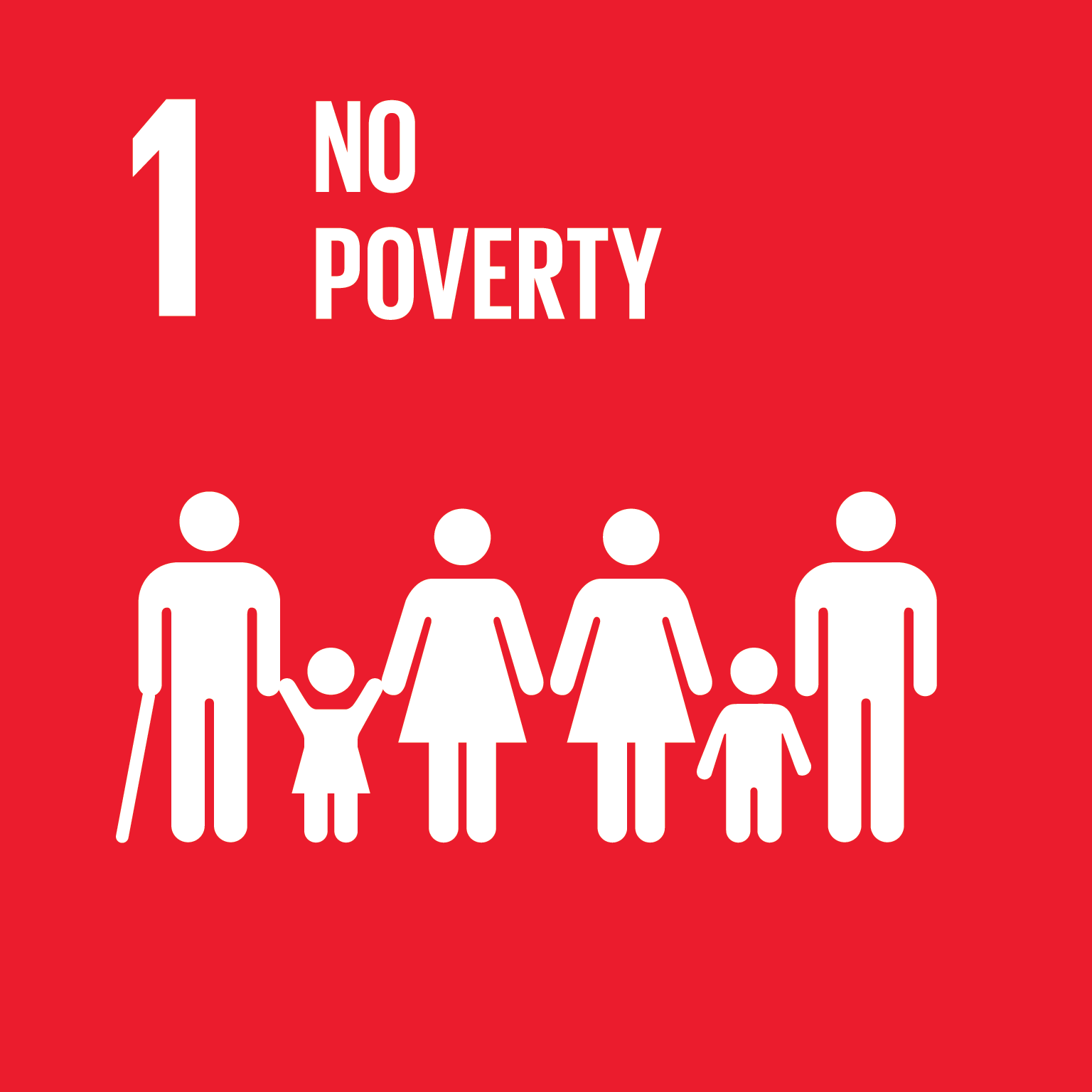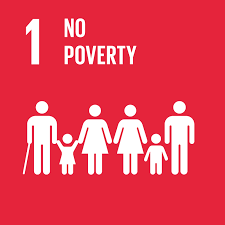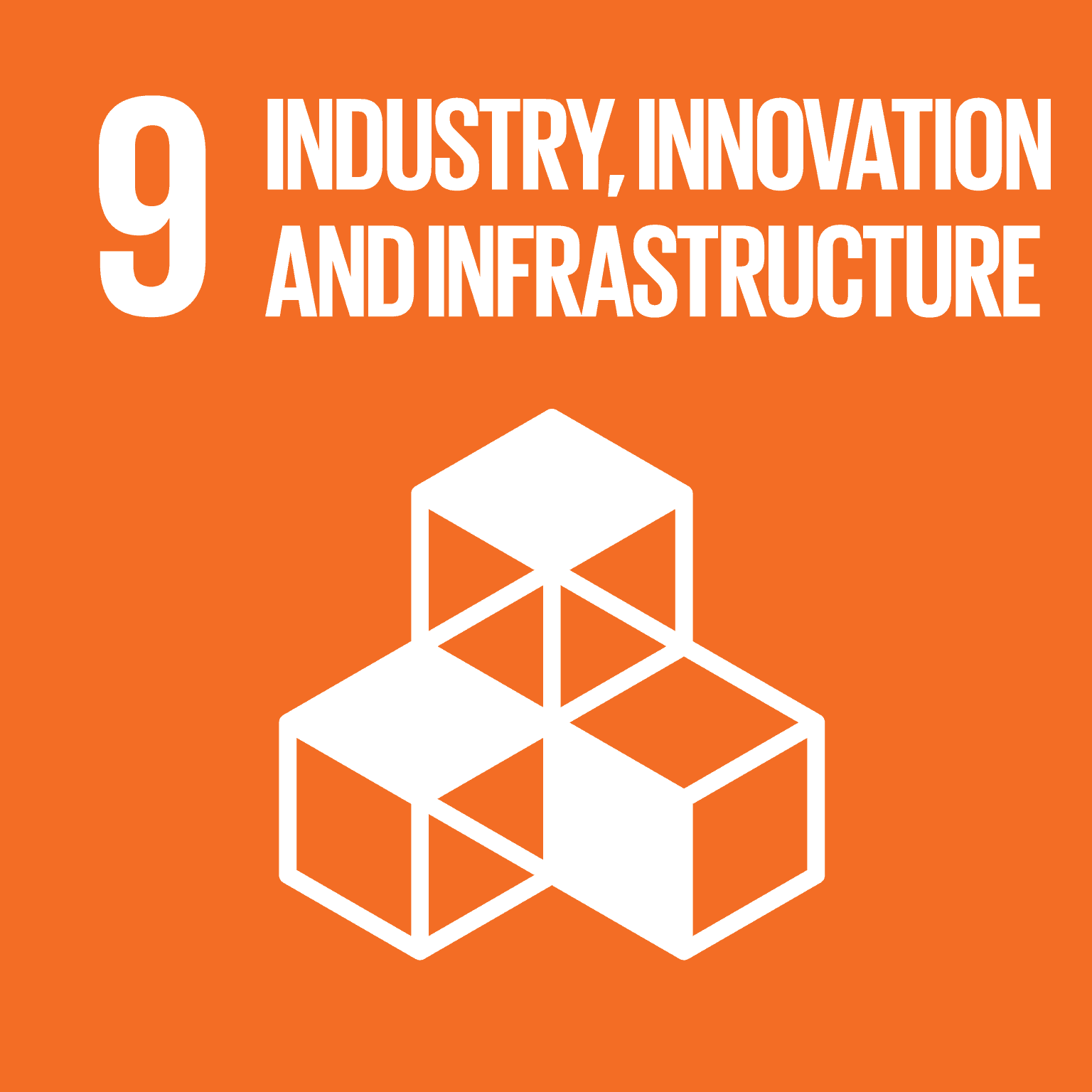Home-grown School Feeding Initiative
Linking school feeding programmes with local smallholder farmers to provide schoolchildren with food that is safe, varied, nutritious and, above all, local
Challenges
Africa, Latin America and Asia have the highest rates of hunger in the world; Africa, in particular is also the region with the highest prevalence of undernourishment at almost 20 per cent. This is attributed to unequal global economic conditions and, in many countries, adds up to political and social unrest, armed conflicts and climate variability. These conditions have an impact on children and adolescent livelihoods because many turn up for school on empty stomachs, which make it difficult to focus on personal and intellectual development, or simply must be absent in order to assist families with work and domestic chores.
Towards a Solution
The World Food Programme (WFP) Home-grown School Feeding Initiative seeks to tackle the structural condition of malnutrition on the African continent and in Latin America and Asia through the production and distribution of meals and snacks. The aim is to connect smallholder farmers with school feeding programmes to provide food for children in 46 countries. The initiative serves as an overarching framework and can be tailored to target specific groups of children, including those forced into child labour or those whose lives have been affected by HIV/AIDS. the initiative also seeks to prevent early marriage for girls and child pregnancies and help girls to access better-paid jobs through education, thus tackling a wide range of social challenges at the same time through the guarantee of food security alone.
Organized and led by WFP, the Home-grown School Feeding Initiative has many facets and great potential for spill-over and indirect effects. The goals of the programme are manifold: schools provide local farmers with a predictable outlet for their products, leading to a stable income, more investments and higher productivity, and children correspondingly enjoy healthy, varied food. The initiative, itself comprised of multiple projects of many sizes and forms, by its nature entails cross-country transfer of good practices. Reaching over 44 countries with different natural and social conditions, the programme incentivizes the exchange of sustainable solutions, especially those related to productivity gains, food storage, water management, market strategies and energy consumption. For instance, its knowledge products, the WFP School Feeding Policy and the Home-grown School Feeding Resource Network apply lessons from several countries and the WFP Regional Centres of Excellence to find new paths for rural development.
In 2018, over 16 million children worldwide directly benefited from the supply of food by the initiative, which enabled them to achieve better results in their education.[1] As a complement, the programme also assisted governments, local communities and school administrators in capacity-building, which in turn improved the supply of food for another 39 million children. The initiative also attempts to use local producers to meet local demands, with many countries in and outside Africa benefiting from local smallholder farmers’ linkage efforts. In Kenya, for instance, a home-grown school feeding programme was developed based on cash transfers. Under this model, WFP transfers cash to the bank accounts of schools, with the amount depending on the enrolment rates and number of school days, so that they can purchase fresh food locally for the daily menu. This represents a sustainable solution due to its understanding of the role of food security in development and of local farmers’ potential as drivers of economic growth.
In terms of raising awareness and setting agendas, WFP works with Governments to develop national policies and strategies for Home-grown School Feeding programmes and to design or implement such initiatives directly where needed. The contribution of local producers to the programmes and the benefits that they derive from them depend on context-specific factors: the range of actors involved, the size and precise objectives of the programme, the quantity and types of foodstuffs required, and other purchasing and contractual variables. Specifically in the Home-grown School Feeding Resource Network, Module 2, focused on planning by the national programmes for home-grown school feeding, South-South cooperation takes place when governments and agencies develop political commitment for their initiatives by collecting and exchanging information with their peers, and when “pioneer countries” within groups of countries that are similar and face analogous challenges can provide experiences, evidence, advice, models and solutions to others. In the case of the WFP initiatives, this South-South component is manifested through the Global Child Nutrition Forums, the Centres of Excellence, the Pan-African School Feeding Network, the Asian and Latin American variants, the national workshops and the peer-to-peer study visits
Contact Information
Mr. Daniel Balaban, Director, Centre of Excellence Against Hunger, World Food Programme (WFP)
Countries involved
Global
Supported By
World Food Programme (WFP)
Implementing Entities
World Food Programme (WFP)
Project Status
Ongoing
Project Period
1990
URL of the practice
https://www.wfp.org/home-grown-school-mealsPrimary SDG
02 - Zero Hunger
Secondary SDGs
03 - Good Health and Well-being, 10 - Reduced Inequalities, 11 - Sustainable Cities and Communities
Similar Solutions










